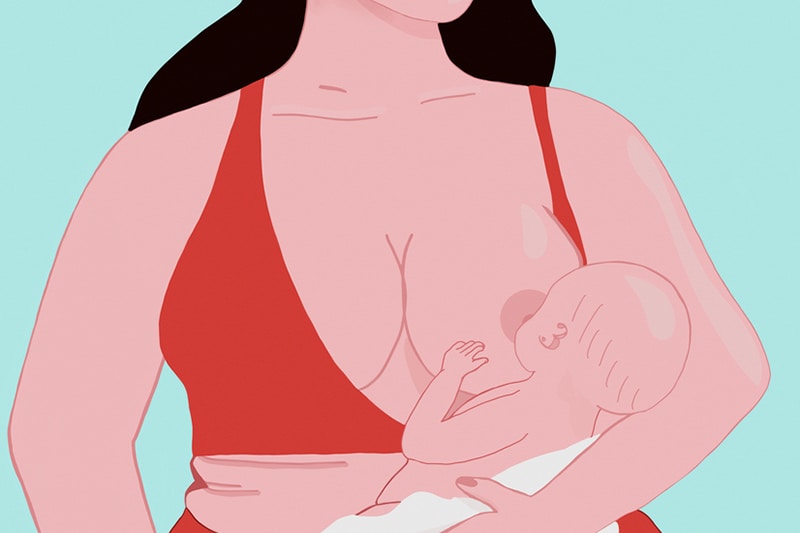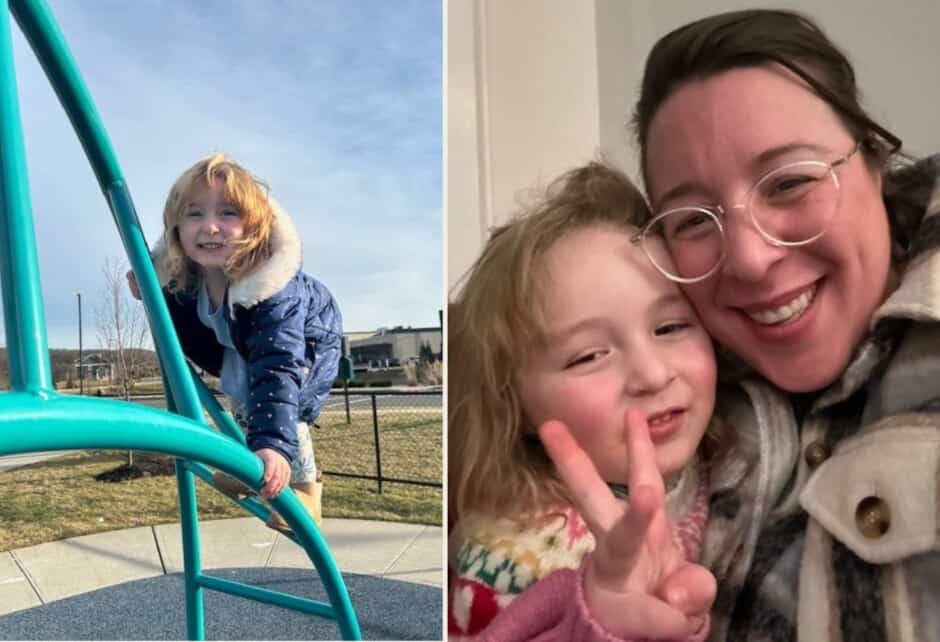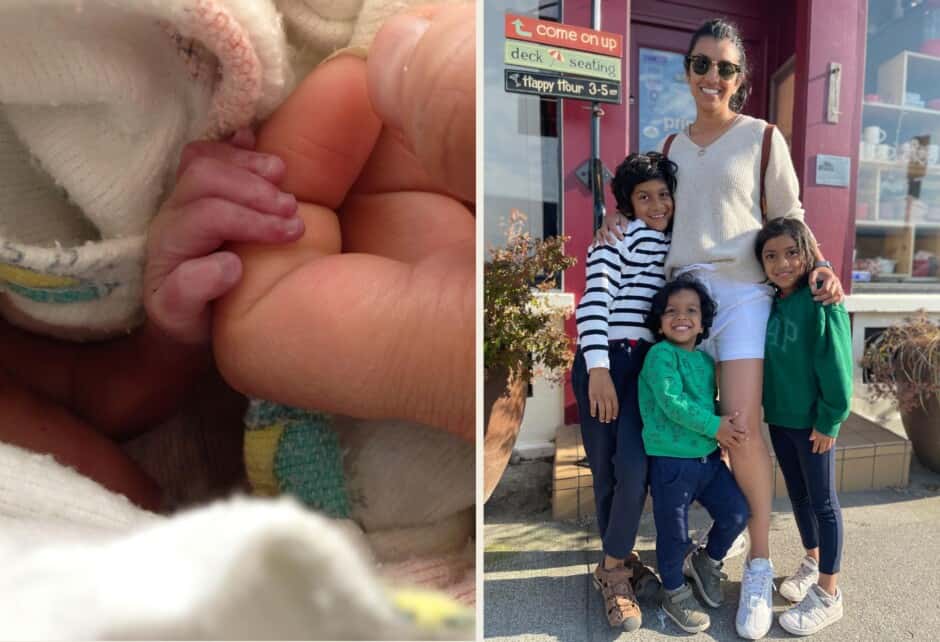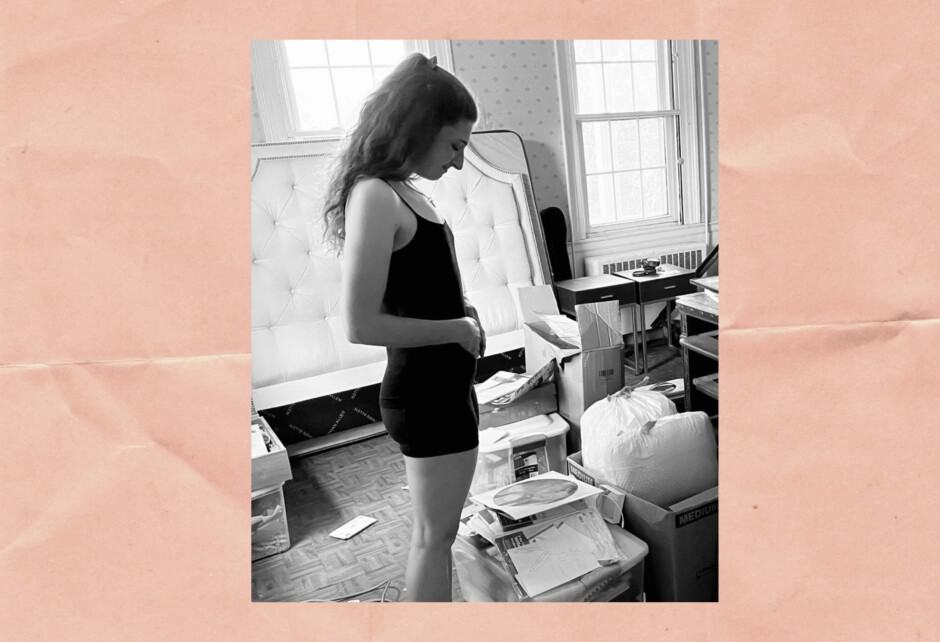
Mom Talk: Reclaiming the Postpartum Body
Written by Amber Troutman
Photography by Illustration by Danil Nevsky
Around 35,000 years ago, rough hands newly evolved with highly dexterous thumbs began to collect fragments of soft stone and animal bone, carving away the edges until they blossomed into the rugged curves of a woman. These curious so-called Venus figures (posthumously named for the Roman goddess of beauty and desire) began cropping up across Europe and western Asia, marking the origins of representational art and the first renderings of the female form known to exist anywhere on Earth. They are nothing if not voluptuous, yet their hyperbolic bodies are juxtaposed by featureless faces, early hints at enduring portrayals of women in art and culture. Historians and archeologists have long speculated that these ancient carvings were meant to immortalize fertility, but no one really knows for sure.
Like those ancient Venus figures, each of our bodies carry stories that aren’t easily deciphered. And yet, especially in those tenuous postpartum months, our bodies are subject to more commentary and social pressure than perhaps any other time in our lives, dissected by unwelcome gazes and mindless words.
An acquaintance asks if you’re pregnant again, wholly unaware of hollow days that echo in the soft folds of a belly that never experienced a single post-birth uterine contraction.
Maybe a year in, once you’ve rediscovered a sense of equilibrium, a family member gives you the side-eye while helping in the kitchen and casually comments, “Your figure actually isn’t so bad.” (Insert flushed face emoji here!) She couldn’t know that a jog in the park each morning allowed a rare bout of mental stasis and that a few ankle injuries and life changes later, you would revert to the spongy form favored by your genes.
An in-law gushes over another’s trim postpartum body and then turns around to offer you weight loss supplements. She’s blind to the way this only reinforces disordered eating patterns.
You might be in the throes of a dark postpartum period, when you receive a startling chorus of, “Wow, you look great!” Folks with the best of intentions miss the ongoing narrative between the pit of anxiety in your stomach and the single slice of avocado toast you can barely choke down each day. They don’t realize that your body’s swift contraction isn’t wellness, but the opposite. Even your OB is surprised when you come to an appointment freshly showered in pre-baby form and ask if there’s anything she can prescribe.
These examples are so absurdly specific, because, of course, they’re lived experiences.
But what if we still lived in a time when child-bearing curves were reverenced in stone and the creative force of the female body was (as least speculatively) venerated? Sometimes I wonder and think it would probably be just another metric to shame us. And though things seem to be trending toward a more sane prototype of women, as Sonya Renee Taylor articulates in her book The Body is Not An Apology, “Body shame flourishes, because power and profit depend on it.” Slim thick is just as unattainable as stick thin. And as women, the focus on our physical form allows us to be treated as little more than hollow bodies, while the stories our figures present to the world don’t always speak the whole truth. We’re left all alone in desperate times when preoccupation with our physical state erases deeper needs from the equation.
It’s been years since I last gave birth and I still find myself waging an absurd battle against my postpartum body. While outside commentary has subsided, much of the messaging remains deeply embedded. But it’s high time we reclaim these bodies of ours and stop wasting energy on obsessive diets and compulsive exercise. Time to ease the pressure to immediately “bounce back.” I’ve seen enough orthorexia and obsessive kinesthetics to know they don’t equate with wellness, though they’re a persuasive disguise. Even if we can’t control the voices surrounding us, we can be intentional about embracing our own dynamic bodies and listening to hear the true stories aching to be told by those around us.
So, here’s a little note to self (as much for me as for anyone else) with a few strategies I’ve come across on the path toward making peace with the body:
Do some reading on movements that celebrate all shapes and sizes. More Than A Body, The Body is Not An Apology, and Health At Every Size are great places to start. If you happen to have the extra time and bandwidth, try reading Roxane Gay’s haunting and breathtaking memoir, Hunger, which illuminates the contours where physical and mental health intersect.
Instead of setting unattainable fitness resolutions this year, try a more mindful approach to exercise. Consider the holistic benefits of walking meditation or just shifting your awareness and intention while doing a favorite workout. Find ways to move your body that aren’t solely about burning calories, like hiking to a scenic overlook, biking a picturesque trail, or finding joy in movement at Dance Church. Aim for movement that helps you feel good, no matter how you look.
Recalibrate your relationship with food through intuitive eating. This Life Kit episode on divesting from diet culture is a great listen and the New York Times’ Eat Well Challenge offers touchpoints like this pre-meal warm-up to stimulate awareness around eating habits.
And puhlease. Please, please. Let’s abandon the body-centric blather. Find anything to talk about besides appearance. Even when complimentary, it’s often counterproductive. Particularly with new moms, first tactfully find out how they’re really doing. Invite them to go on a walk. Maybe plan a lunch date. Recommend an entertaining show or podcast for those long, middle-of-the-night nursing sessions. Visit and do some dishes while you catch up. There are endless ways to offer the kind of lift they likely need most.
None of this is new and yet the implications of those ancient fertility figures still echo today. As much as I love the catchy tunes of Bananarama, modern notions of Venus like theirs still plague us. It’s going to take continual push back to unravel their web and set our own daughters free. We can start by taking our own bodies back.
Are you a mother with something to say? Send us an email to be considered for our “Mom Talk” column.
Share this story



